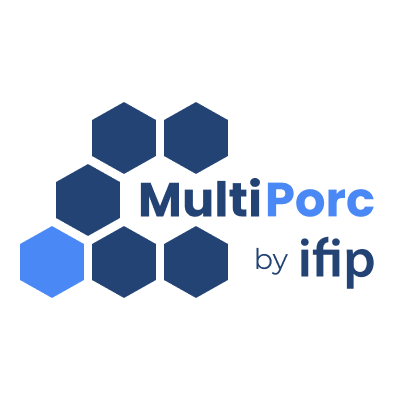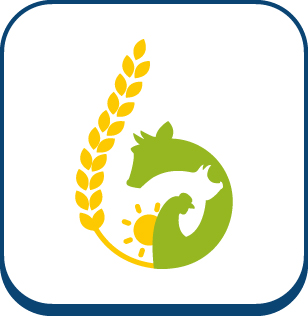Towards a better understanding of the ecology of Listeria monocytogenes in pork processing facilities
The French ANR SUBLIM Research program (ANR-22-CE21-0010-01) aims to develop an integrative approach to better understand the combined effects of multiple factors on the establishment of L. monocytogenes in various food processing environments, and to define reliable biological and environmental indicators of the presence of this pathogen on food processing surfaces.
Fiche technique
Titre :
Towards a better understanding of the ecology of Listeria monocytogenes in pork processing facilities
Date sortie / parution :
2025
Référence :
15th Safepork 2025, 6-8 octobre 2025, Rennes, France, poster
Auteur
Quelques mots clés
Autres documents
Monitoring of microbial ecology in three French pork slaughterhouses
Ensuring food safety is still a major concern in food industries including the pork sector. Despite the cleaning and disinfection procedures daily applied, the survival and adaptation of pathogens like…
Publié en 2025Two practices of transport with carcasses at derogatory temperatures not foreseen by Regulation (EC) No 853/2004 of the European Parliament and of the Council; evaluation of the sanitary impact of these two practices
While Regulation (EC) 2017/1981 permits the transport of carcasses at exceptional temperatures (between 7°C and 15°C at core, it does not take into account the practices of the cattle (BV)…
Publié en 2025Factors influencing implementation of biosecurity by French pig breeders
Despite mandatory training courses, audits and the many support services offered to breeders, compliance with biosecurity measures is not always achieved. The aim is to have a better understanding of…
Publié en 2025Monitoring the genetic diversity of Salmonella spp in three breeder-fattener farms over time
In pig farms, asymptomatic carriage is common. In 2023, the French exploratory study showed that 56% of pig farms were positive for Salmonella. The most common serotypes were the monophasic…
Publié en 2025







